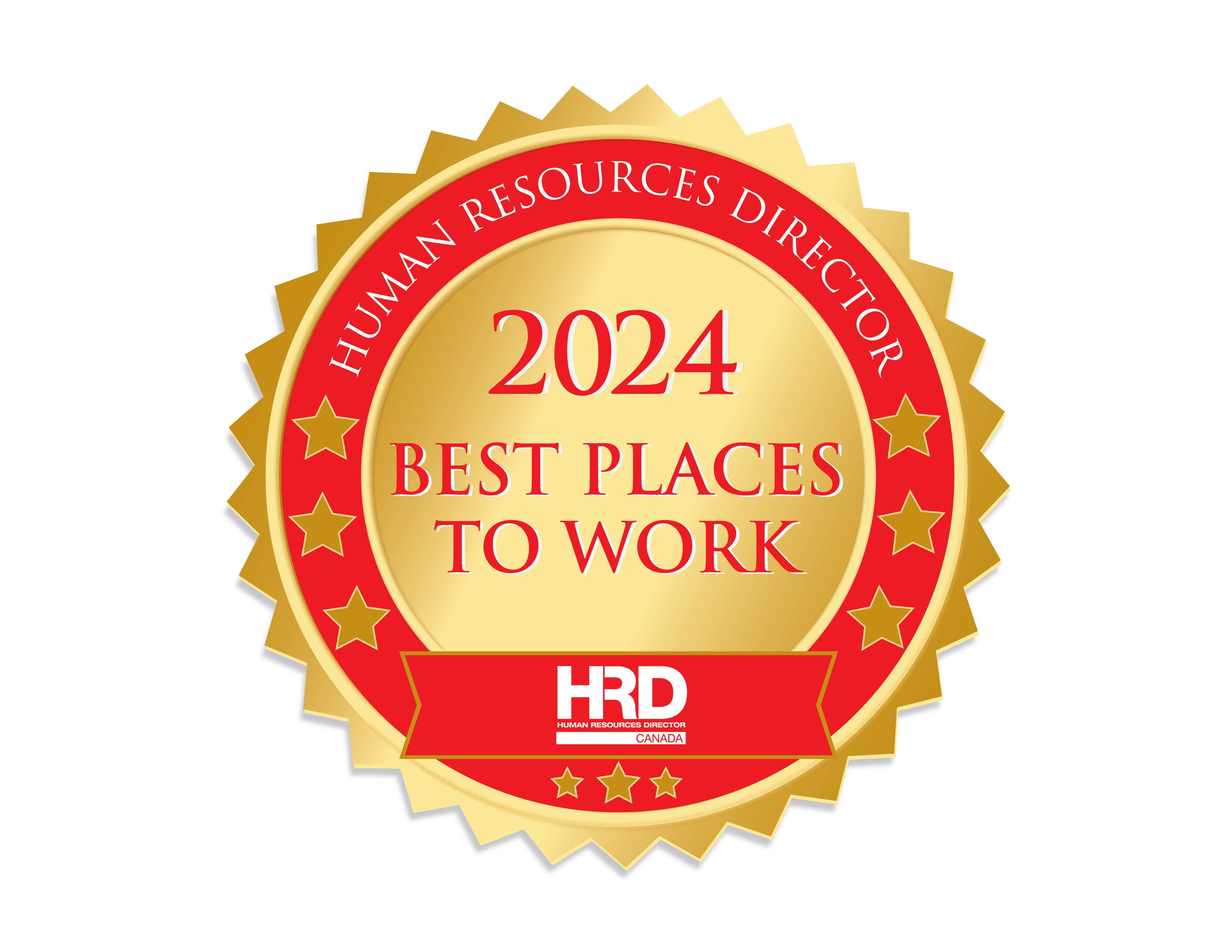Have you ever woken in the night from outside noise? Or worried about air quality in the city? You’re not alone. These types of concerns form part of an Environmental Impact Assessment.
When a project is being proposed, it’s not only the impact to the natural environment that is considered. Human health factors need to be taken into account and form an integral part of of the process.
At EnviroTech 2018, we heard a very interesting presentation on Evaluation of Potential Health Effects Associated with Noise from a Proposed Multi-lane Bridge and Highway Expansion Project. This project was evaluating the impact of upgrading and expanding a 10-lane highway in BC and determining the potential human health impacts on the surrounding population.
In order to determine any impact, the project team would need to determine baseline noise levels at different times of the day. Traffic levels will significantly impact the level of noise, and therefore, the types of health effects that may cause.
After determining baseline data, undergoing community consultation, and determining potential impacts, the project proposed mitigation measures that would result in a 20% reduction in the percentage of people highly annoyed (%HA) and resulted in an estimated noise increase of just a few decibels.
Determining baseline data can be done in a number of ways. One way is to use academic and scientific information already available.
Sources such as the World Health Organization (WHO) have issued guidelines on noise levels, and especially for nighttime noise levels. The health effects of nighttime noise steadily increase at certain decibel ranges and vary from annoyance, to sleep impairment culminating in awakenings.
The WHO threshold for night noise is around 40 dBA. The higher the degree of noise during this period, the greater the impact on sleep health that can result in a multitude of other health issues.
In 2017, Health Canada released a Guidance for evaluating human health impacts in environmental assessment: noise. The agency outlines their preferred approach to noise assessments as part of the environmental assessment process and gives the following definition of noise and the related potential health impacts:
Noise is a somewhat special type of change to the environment, as it is an energy added to the air in the form of acoustical waves. Below the exposure threshold of biological damage to the ear, noise can also cause potential health impacts, such as sleep disturbance and/or cause long-term high annoyance, an indicator of potential health impacts. These impacts depend on the interference of the noise with what one is trying to do (e.g. sleep, concentrate or communicate) and the expectation of peace and quiet during such activities (e.g. in a quiet rural area or during Indigenous spiritual ceremonies).
The guidelines delve into the various human health impacts that may result from increased noise levels. Some of these health impacts include:
- Noise-induced hearing loss
- Noise-induced sleep disturbance
- Interference with speech comprehension
Noise impacts are predominant concerns in many communities and jurisdictions, especially in terms of public engagement and consultation.
In order to successfully assess the potential health impacts of noise changes associated with a project, a number of steps are recommended such as
- Identify receptors (people) who will be affected
- Measure or estimate existing baseline noise levels
- Model or predict anticipated noise level changes at each project stage
- Compare predictions to guidelines and standards
- Identify potential health impacts
- Consider mitigation and any effects of these measures
- Consult the community
Do you have insights into health assessments for EIA? Let us know about your experience.



